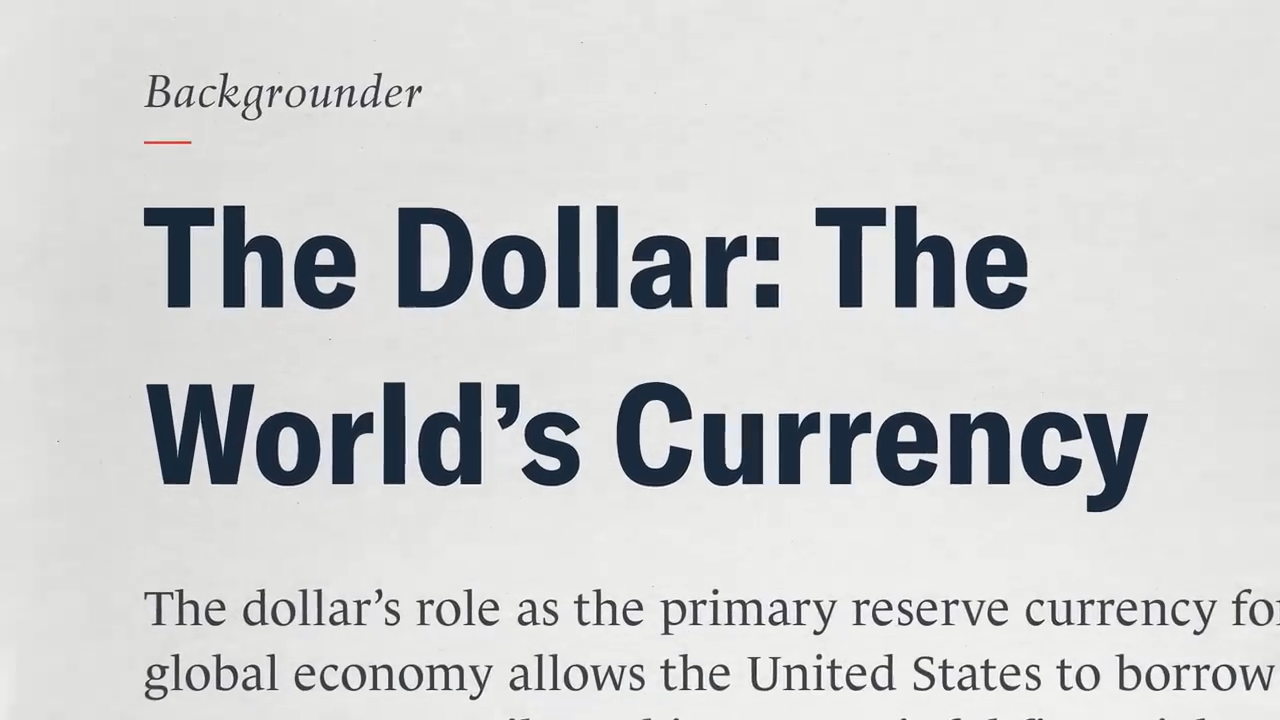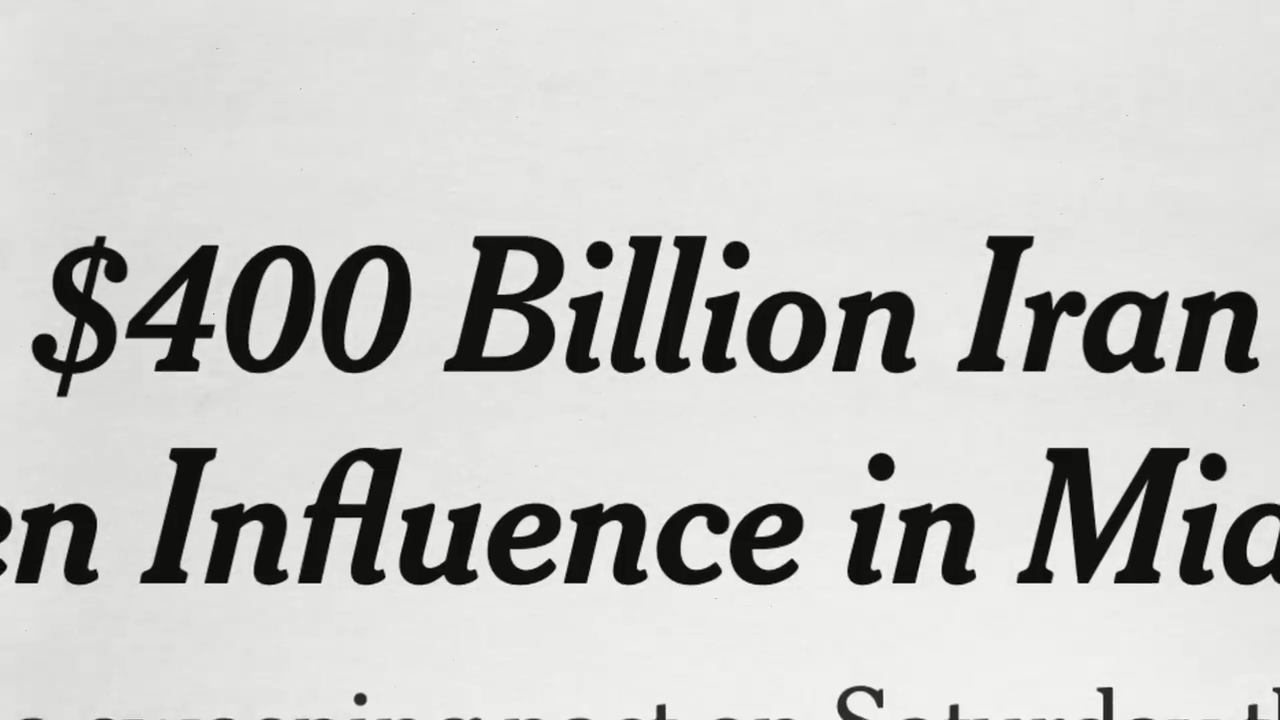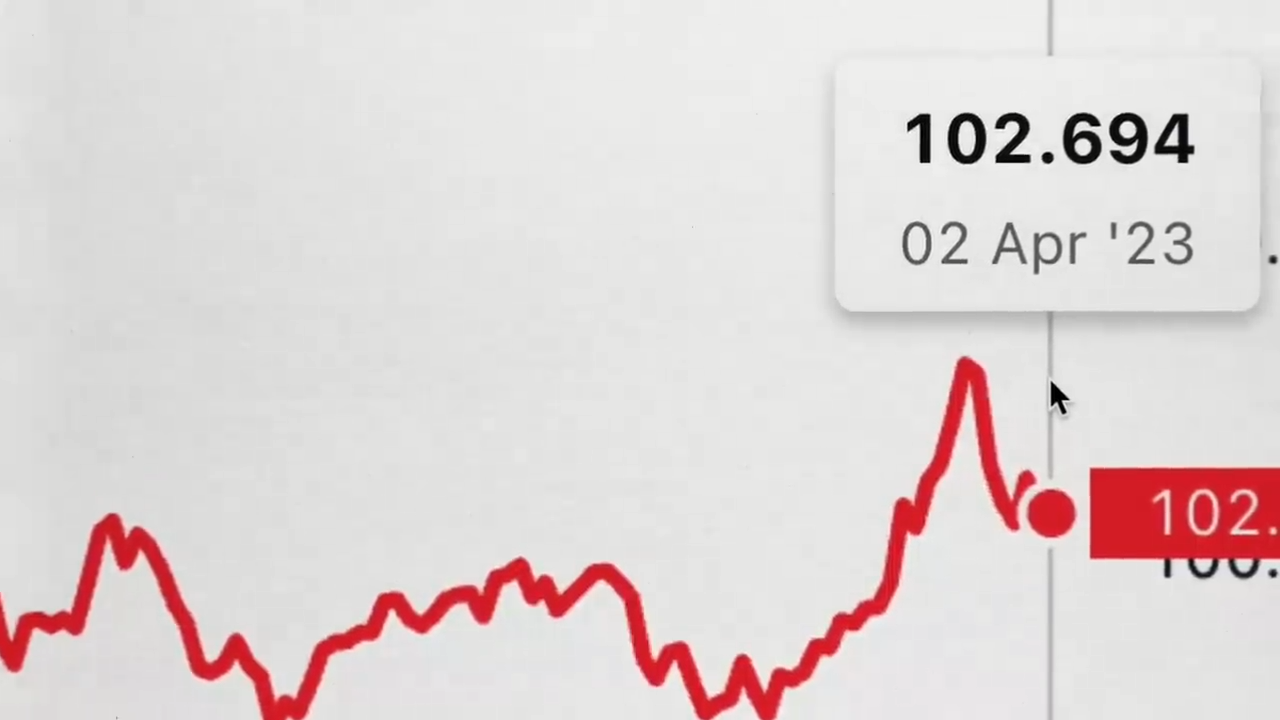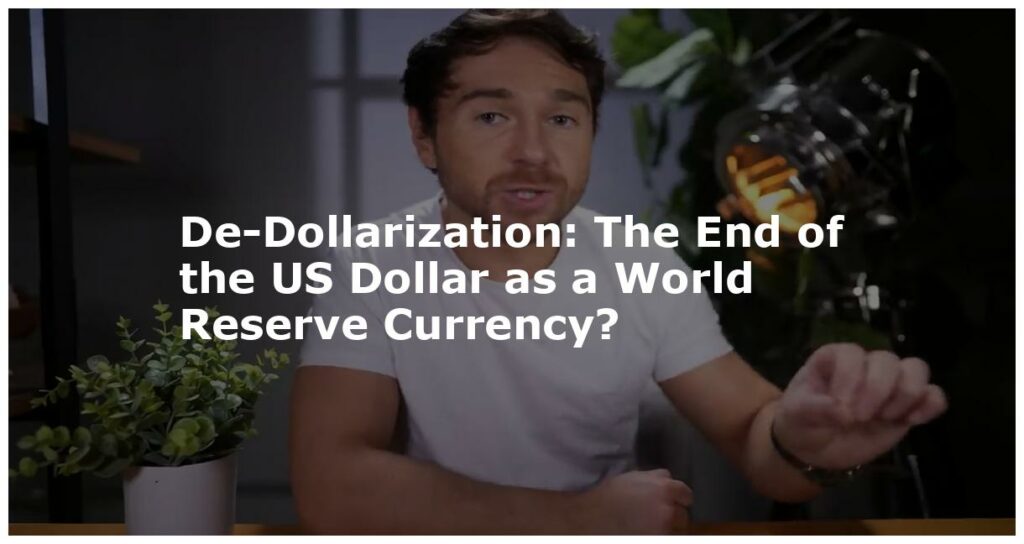The De-Dollarization of World Reserve Currencies

Developing nations are increasingly turning away from the US dollar as a world reserve currency, which currently constitutes 60% of global currency value, and instead creating their own alternative reserve currency. The world is experiencing the de-dollarization of world reserve currencies, a significant financial event that occurs every 94 years and affects all of us, with the U.S. dollar having held this status for about 100 years. While the notion of its end has been predicted for decades, the strength of the US dollar as a world reserve currency remains stable and is currently being strengthened by the Federal Reserve’s increase in Federal Fund Interest Rate, attracting foreign investments into treasury bonds.
The Importance of World Reserve Currency

A world reserve currency provides stability for international trade and the country with the world reserve currency becomes an investing powerhouse. Foreign exchange reserves, which are partially held in dollars, are invested into US treasuries and securities, with countries like Japan, China, and the UK being some of the largest holders of US assets. With the US having 7 to 8 trillion dollars worth of foreign investment, equivalent to the GDP of Germany, the UK, and India combined, the US dollar’s strength as a world reserve currency remains evident. The dollar’s strength can be attributed to the Bretton Woods Agreement, giving the US the exclusive ability to buy oil. However, in 1971, the US stopped redeeming US dollars for gold, instead allowing them to redeem only more debt. The world continued to use US dollars for oil purchasing due to an agreement made in a secret meeting between President Franklin Roosevelt and the King of Saudi Arabia in 1945, and this led to the establishment of the petrodollar system to maintain positive relationships between the US and Saudi Arabia. The system facilitated US global dominance and caused friction with some countries over energy supplies, leading to new alliances challenging the supremacy of the US dollar.
History of Petrodollar System

The exclusive power of the US dollar to buy oil was established through the Bretton Woods Agreement, which later ended with the US stopping the redemption of US dollars for gold in 1971. Despite this, the world continued to use US dollars for oil purchasing. This was due to an agreement made between the President Franklin Roosevelt and the King of Saudi Arabia in 1945, which led to the establishment of the petrodollar system. The system was designed to maintain positive relationships between the US and Saudi Arabia, allowing the US to maintain its global dominance. The petrodollar system has caused friction with some countries over energy supplies, leading to the rise of new alliances that challenge the supremacy of the US dollar. Although the value of the US dollar is currently increasing, its usage and the amount held globally is decreasing, partly due to countries forming alliances with Russia, which is leading to an increasing number of countries moving away from the US dollar as a reserve currency.
The Rise of Alternative Reserve Currencies

Many countries are moving away from the US dollar as a reserve currency, and this has contributed to the shift in the amount held globally. Alliances such as the BRICS and China and Saudi Arabia’s petroyuan are among the reasons behind the shift. These developments lead some to believe it could mark the beginning of the end for the dominance of the US dollar. While the notion of the US dollar’s end has been predicted for decades, it is important to note that the US dollar remains stable. However, the shift is becoming increasingly evident, and new alliances such as the BRICS and China challenge the dominance of the US dollar as a world reserve currency.
End of the US Dollar: Fact or Fiction?

The idea of the end of the US dollar as a world reserve currency has been predicted for decades, but its strength remains stable. The US dollar’s strength can be attributed to factors such as foreign exchange reserves being partially held in dollars and invested into US treasuries and securities, and the Federal Reserve’s increase in Federal Fund Interest Rate, attracting foreign investments into treasury bonds. Despite attempts to replace it, the US dollar remains stable. If it is replaced, it is likely to be a gradual process over an extended period of time as evidenced by the share of transactions in dollars around the world versus other currencies. Thus, extreme opinions suggesting an end-of-the-world scenario should be taken with a grain of salt.
Strength of the US Dollar as a World Reserve Currency

The US dollar’s strength as a world reserve currency remains evident. Although the value of the US dollar has fluctuated in the past, its strength remains stable, and this is currently being strengthened by the Federal Reserve’s increase in Federal Fund Interest Rate, attracting foreign investments into treasury bonds. If the US loses its ability to export dollars, there may be higher inflation, and there could be a potential shift to commodities like gold. However, extreme opinions suggesting an end-of-the-world scenario should be taken with a grain of salt.
The Future of the US Dollar

Although less than 20% of currencies that have existed since the 1700s are still present, the US dollar is expected to remain stable for the foreseeable future as the world transitions to a multipolar system where there is a balance of power between nations. While some predict a quick end to the US dollar as a world reserve currency, most commerce worldwide still takes place in US dollars, an indication that it remains a trusted world reserve currency. Therefore, continuity in saving and investing in low-cost index funds to build passive income remains vital, as the focus should be on long-term investments. In line with hedging against the US dollar, some have viewed Bitcoin as an alternative to gold, and regard it as an option in terms of hedging against inflation.

Watch the full video
Caroline wrote this article after watching the video ‘The End Of The US Dollar | What You Must Know’. All the images above are screenshots from the original video. Source: Youtube.







